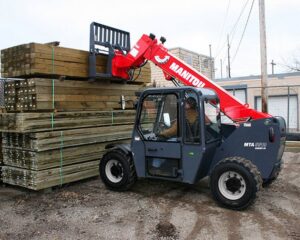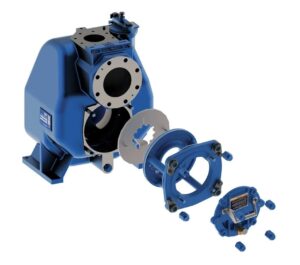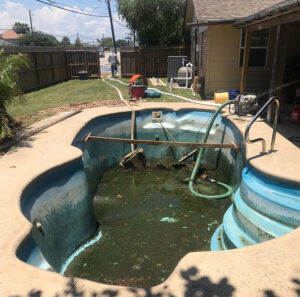In the ever-evolving landscape of construction and material handling, the demand for versatile and efficient equipment continues to rise. Among the heavy-duty machinery available, telehandlers have gained significant popularity for their adaptability and multifunctional capabilities. Whether you’re working on a construction site, agricultural project, or industrial setting, renting a telehandler can prove to be a strategic decision. In this comprehensive guide, we will delve into the diverse uses and advantages of renting telehandlers, shedding light on how these robust machines can elevate productivity across various industries.
Understanding Telehandlers
Before delving into the myriad applications, let’s establish a fundamental understanding of what telehandlers are. Also known as telescopic handlers or boom lifts, telehandlers are versatile lifting machines equipped with a telescopic boom that can extend upwards and forwards. The combination of a forklift and a crane, telehandlers boast impressive lifting capacities and heights, making them ideal for a wide range of tasks.
Construction Industry
One of the primary sectors where telehandlers shine is the construction industry. From lifting heavy building materials to reaching elevated work areas, telehandlers play a crucial role in enhancing efficiency and safety on construction sites. With their telescopic booms, these machines can access tight spaces and navigate challenging terrains, making them invaluable for tasks such as material handling, roof truss installation, and steel erection.
Agricultural Applications
In the agricultural sector, telehandlers prove to be indispensable for various tasks. Their ability to reach high elevations and extend horizontally makes them ideal for stacking hay bales, loading and unloading supplies, and handling large equipment. Farmers can significantly benefit from renting telehandlers during peak seasons, optimizing their operations and reducing manual labor.
Warehousing and Logistics
Efficient material handling is paramount in warehouses and distribution centers, and telehandlers excel in this regard. Renting telehandlers for warehousing purposes can streamline tasks such as stacking and retrieving pallets from high shelves, ultimately saving time and reducing the risk of workplace injuries. The adaptability of telehandlers makes them a cost-effective solution for businesses with dynamic storage requirements.
Maintenance and Repairs
Telehandlers are not limited to lifting and moving materials; their versatility extends to maintenance and repair tasks. With various attachments available, including buckets, forks, and jibs, telehandlers can be transformed into powerful tools for tasks such as cleaning gutters, replacing light fixtures, or repairing roofing. This flexibility makes telehandlers an asset for facility management and maintenance teams.
Landscaping and Tree Care
Landscaping professionals and arborists can benefit from renting telehandlers for their projects. The ability to reach elevated areas with precision makes telehandlers valuable for tasks such as tree trimming, installing landscaping elements, and transporting heavy materials across uneven terrain. The 360-degree rotation feature of some telehandlers adds an extra layer of convenience in landscaping applications.
Event and Venue Management
Telehandlers find application in the events industry for setting up stages, lighting, and other equipment. Their versatility in navigating crowded spaces and reaching elevated positions makes them an efficient choice for event managers. Renting telehandlers for temporary use during events can significantly contribute to the seamless setup and breakdown of infrastructure.
Mining and Extraction
In the mining and extraction industry, where heavy loads and challenging terrains are the norm, telehandlers provide a robust solution. Their powerful engines, durable design, and ability to operate in rugged conditions make them suitable for tasks such as transporting minerals, handling equipment, and assisting in excavation projects. Renting telehandlers for short-term projects can optimize resource allocation for mining companies.
Environmental Cleanup
In the aftermath of natural disasters or large-scale environmental events, telehandlers can be instrumental in cleanup efforts. Their lifting capacity and reach make them effective in removing debris, transporting materials, and assisting in the restoration of affected areas. The adaptability of telehandlers to various attachments enhances their utility in diverse environmental cleanup scenarios.
Conclusion
In conclusion, the versatility and functionality of a rent telehandler make them a valuable asset across a spectrum of industries. Whether you’re involved in construction, agriculture, warehousing, or any other sector requiring heavy-duty material handling, renting a telehandler can significantly enhance efficiency, safety, and overall productivity. The ability to customize these machines with different attachments further expands their applications, making them a cost-effective solution for short-term projects or seasonal needs.
As technology continues to advance, telehandlers are likely to see further enhancements, increasing their capabilities and expanding their range of applications. For businesses and professionals seeking a reliable and adaptable solution for material handling, exploring the option of renting telehandlers proves to be a strategic move that aligns with the evolving demands of the modern workplace.











